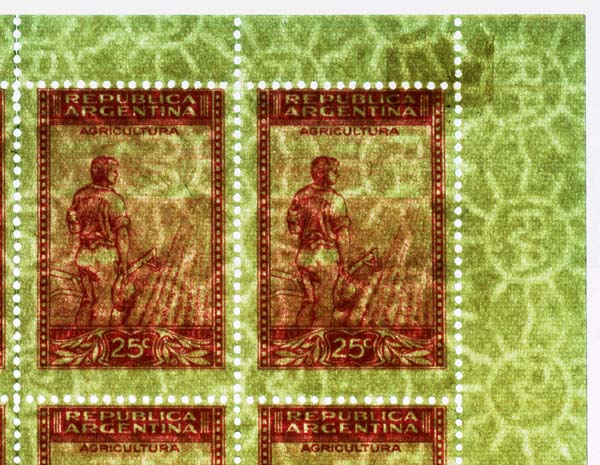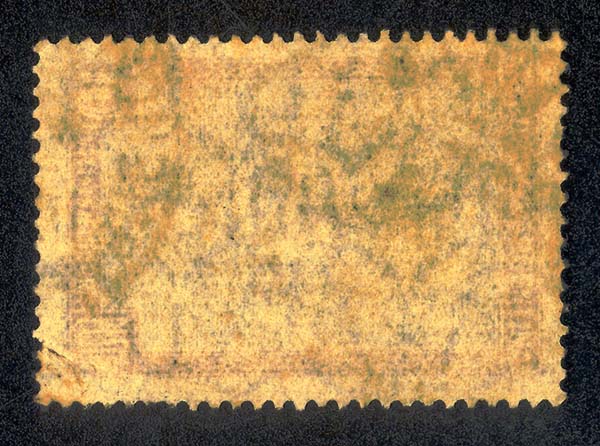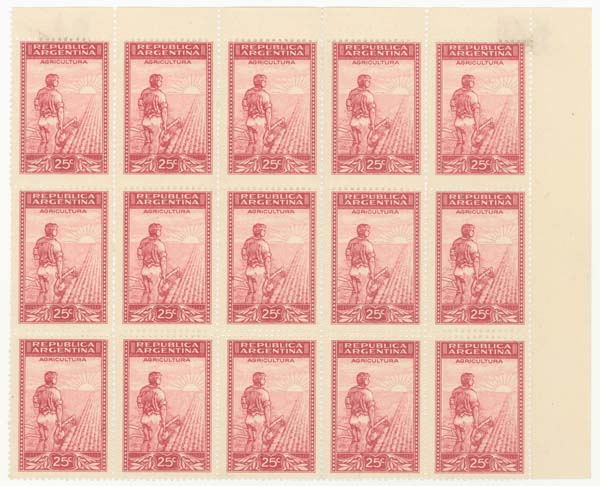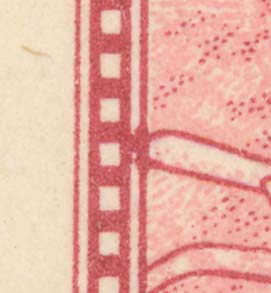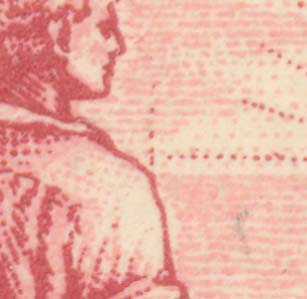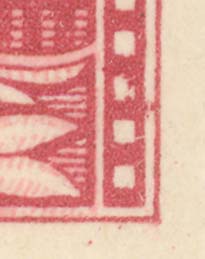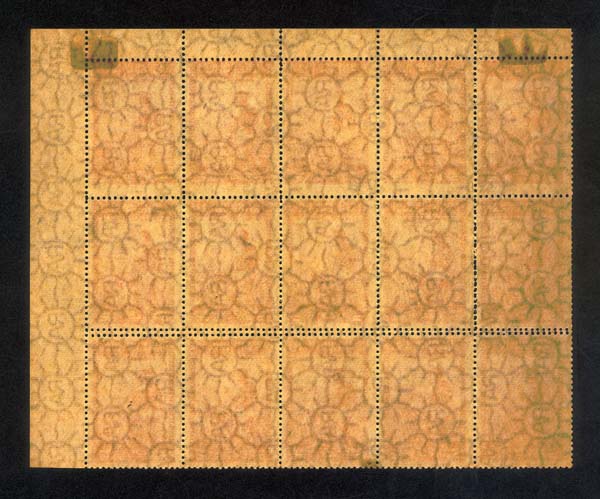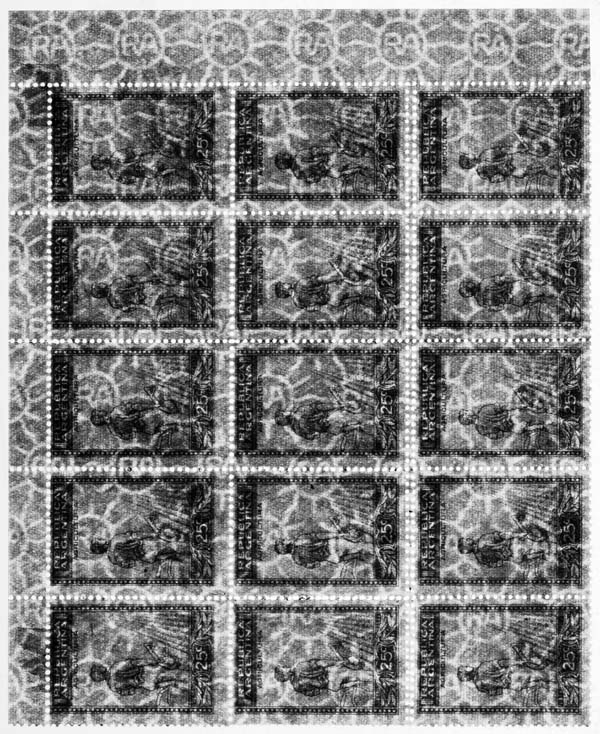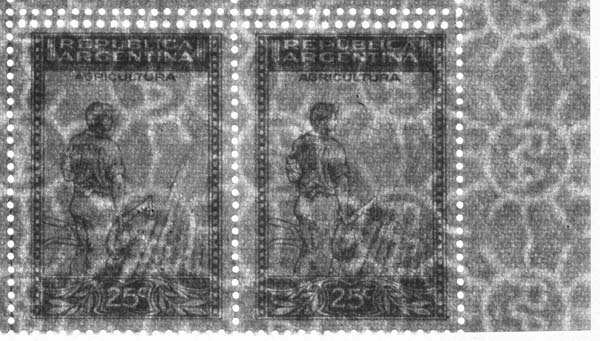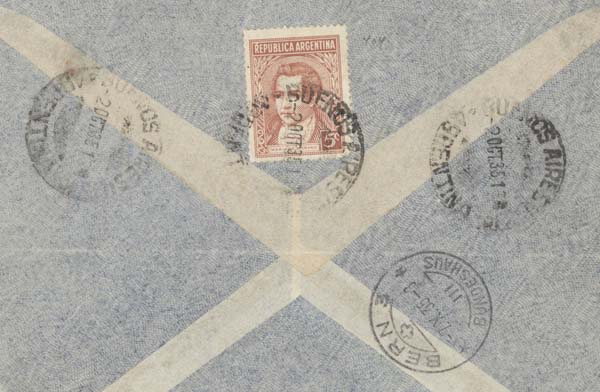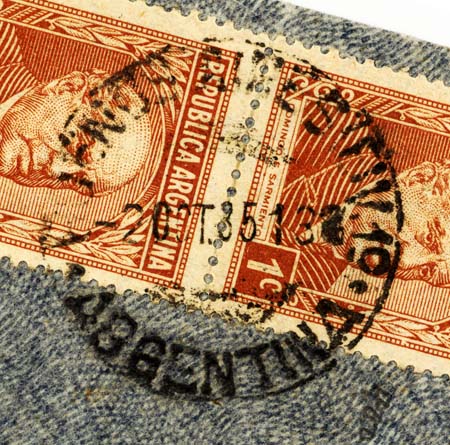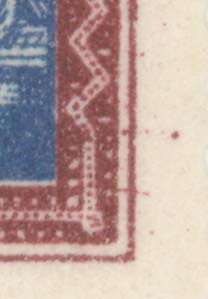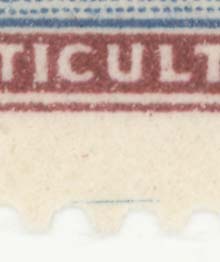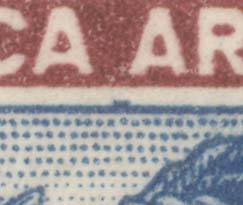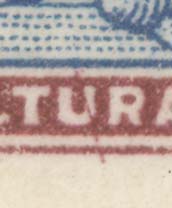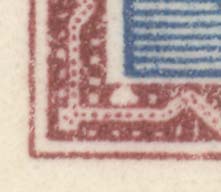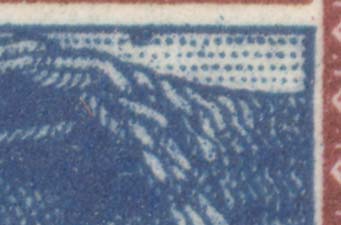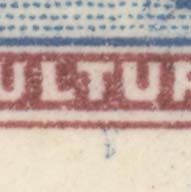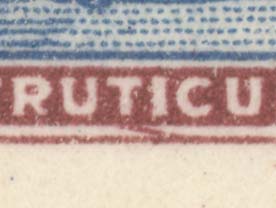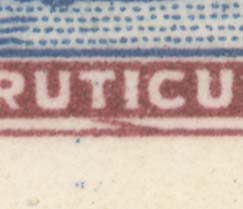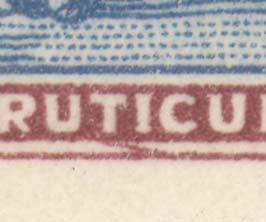The 1E3a has a very distinctive pulp. It is just like a 1E1, but the paper is white and more translucent than the 1E1.
I have one 5p stamp on this paper (damaged, unfortunately) and no 10p or 20p stamps. This is a rare paper, even on the 25c.

The 1E3b and 1E3c are more complicated. The 1E3b is a paper that is fluffy and yields rough RAs. The grid is asymmetrical, and I am still unable to draw both directions.
Here are several specimens-the ones with blue lines are from Rein, the others are mine and show that I am only able to see one of the directions of the grid!:
5 pesos

10 pesos



The 1E3c is a whiter paper than the 1E3b.
5 pesos

10 pesos

In summary:
The 1E3a is like the 1E1 but white, and very rare. It has a symmetric rectangular grid on the paper.
The 1E3b has fluffy, rough RAs, and has an asymmetrical rectangular grid.
The 1E3c has a symmetrical square grid.
The large 25c miss-perfed block I recently discussed is 1E3b:
